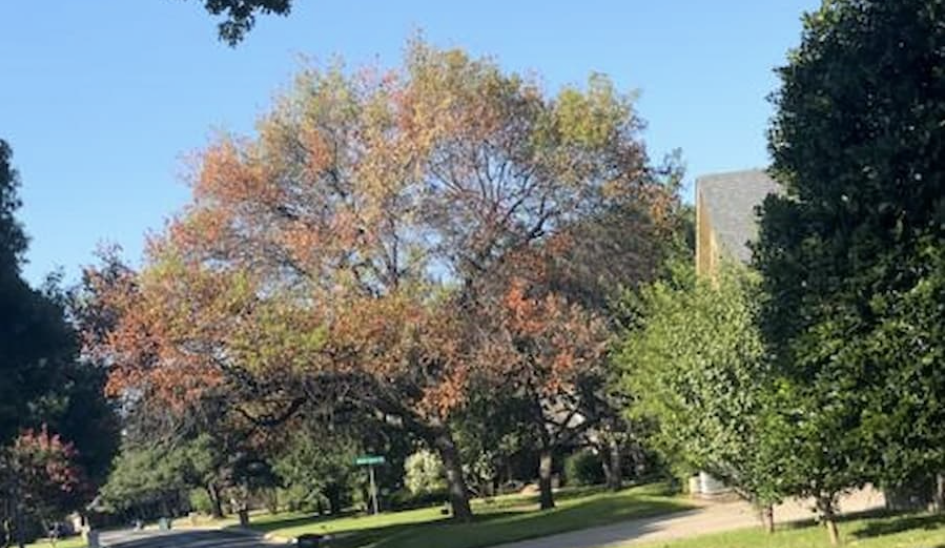This Article Includes Signs of Tree Sickness:
- Introduction
- 1. Abnormalities in Tree Bark
- 2. Dead or Weak Branches
- 3. Dying or Wilted Leaves
- Conclusion
Introduction:
Maintaining the health of trees on your property is crucial for their longevity and the overall aesthetics of your landscape. However, trees, like any living organism, can fall prey to various diseases and ailments.
Recognizing the signs of tree sickness is essential to address the issue promptly and seek the assistance of a tree doctor or arborist. In this article, we will discuss three key indicators that can help you identify if a tree on your property is sick and in need of professional care.
1. Abnormalities in Tree Bark:
The bark of a healthy tree is typically smooth and intact. However, if you notice any unusual changes in the bark’s appearance, it may indicate an underlying problem. Look out for cracks, splits, peeling, or discoloration in the bark.
These abnormalities can be signs of disease, pest infestation, or physical damage. Additionally, the presence of fungal growth or cankers on the bark should not be ignored, as they can indicate serious health issues.
2. Dead or Weak Branches:
Signs of Tree Sickness. Inspecting the branches of your trees is another effective way to determine their health. Dead or weak branches are a clear indication of tree sickness.
Dead branches may lack leaves or exhibit brittle, dry, or discolored foliage.
Weak branches, on the other hand, may have stunted or sparse growth, indicating a lack of nutrients or water circulation.
These branches pose a safety risk, as they can fall and cause damage during storms or high winds. It is crucial to have them pruned or removed by a professional arborist.
3. Dying or Wilted Leaves:
The condition of a tree’s leaves can provide valuable insights into its overall health. Healthy leaves are typically vibrant, full, and free from discoloration or wilting. If you notice leaves that are yellowing, browning, or drooping excessively, it may indicate a sick tree. Leaf diseases, nutrient deficiencies, root problems, or pest infestations can all contribute to leaf deterioration.
Additionally, premature leaf drop outside the normal seasonal cycle is a cause for concern and should be addressed promptly.
Conclusion:
Caring for the trees on your property involves being attentive to their appearance and state. By keeping an eye out for abnormalities in the bark, dead or weak branches, and dying or wilted leaves, you can identify signs of tree sickness.
Seeking the services of a tree doctor or arborist at the earliest indication of a problem is crucial to ensure the health and longevity of your trees. Remember, a healthy tree not only enhances the beauty of your landscape but also provides numerous environmental benefits.

